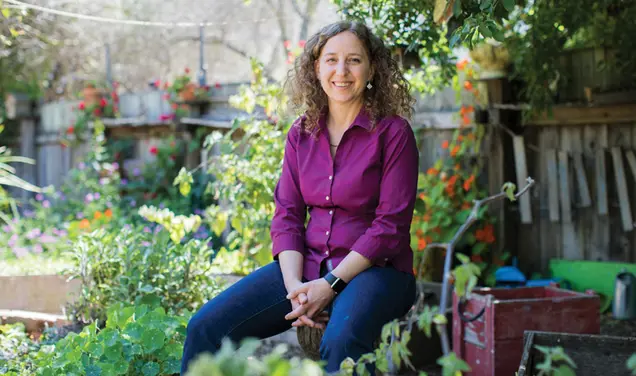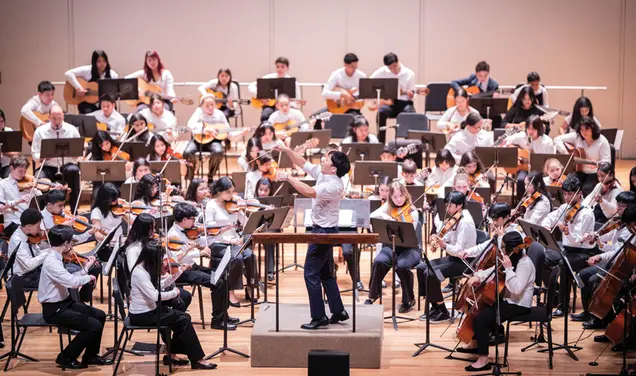A decade of renovations ahead for Firestone
University officials are preparing to embark on a decade-long renovation of Firestone Library, which will mark its 60th anniversary next year.
The project will not expand the walls of the 430,000-square-foot library, but will “completely redo the space we have,” said University Librarian Karin Trainer. Work will include new security, lighting, plumbing, heating and air conditioning systems, improvements for people with disabilities, and a major reconfiguration of space for books and seating, she said.
Preliminary cost estimates for the project, which is not part of Prince-ton’s newly announced fundraising campaign, are more than $50 million, Trainer said. She said work is expected to begin in the fall of 2009, and will take 10 years because only small portions of the library can be closed for construction at any one time.
The collegiate gothic exterior of the building is expected to remain largely as it is today, Trainer said.
She noted that Firestone was built when the undergraduate student body was much smaller and said there is not enough general seating for students, especially around exam times. The library staff also hears complaints that there are not enough comfortable spaces in which to sit, she said.
The library continues to assign carrels for student independent work, but the number of seniors signing up each year is dropping, Trainer said. Many of those who sign up for carrels do not use them regularly, she said.
The new configuration will include carrels of some sort, “but what they will look like and the varieties” will be determined by conversations with students, she said. Another major question that’s still unresolved: whether a coffee bar should be added.
Classics professor Joshua Katz, writing in The Daily Princetonian about options for the work in Firestone developed three years ago by the Boston architectural firm Shepley Bulfinch Richardson & Abbott, set off a flurry of debate in September about the renovations. Expressing concern that spaces for book shelves would be converted to student reading areas, Katz termed the proposals “a dumbing-down of one of the world’s finest libraries, a Barnes-and-Noblefication, the creation of ... a lounge.”
Trainer said Katz’s fears were unfounded. “We know printed books are very important to the humanities and social sciences, and we would never do anything to undercut students and faculty in those fields,” she said.
The library was planning two days of focus groups with students at the end of November, and a faculty steering committee headed by Provost Christopher Eisgruber ’83 has been charged with developing the educational principles that should guide the renovation project.
“People have different images of what an academic library should be,” Eisgruber said. He said the faculty committee will do a lot of listening “to ensure that Firestone Library remains the world-class research library and educational facility we all remember it as being.”
Trainer noted that space planning for the library is especially challenging because 75 percent of the facility’s space is underground — a decision made to extend the life span of its books and to avoid overwhelming the building’s neighboring campus structures.
Firestone, which holds about 3.1 million volumes, is the main library of the University system, which has more than 11 million holdings in 19 buildings. Firestone acquires a linear mile of new books and journals every year, “and that’s not likely to change anytime soon,” Trainer said.










No responses yet